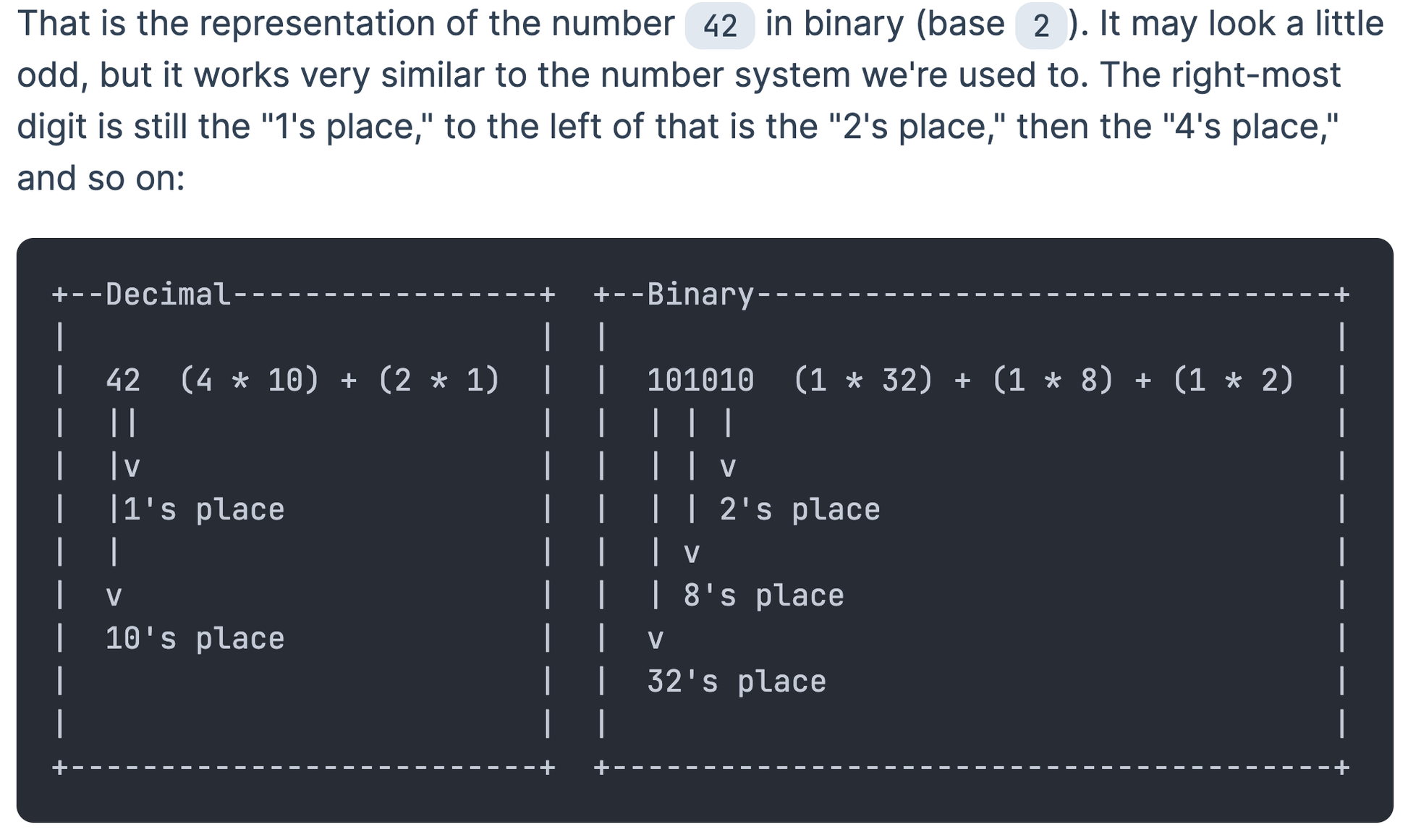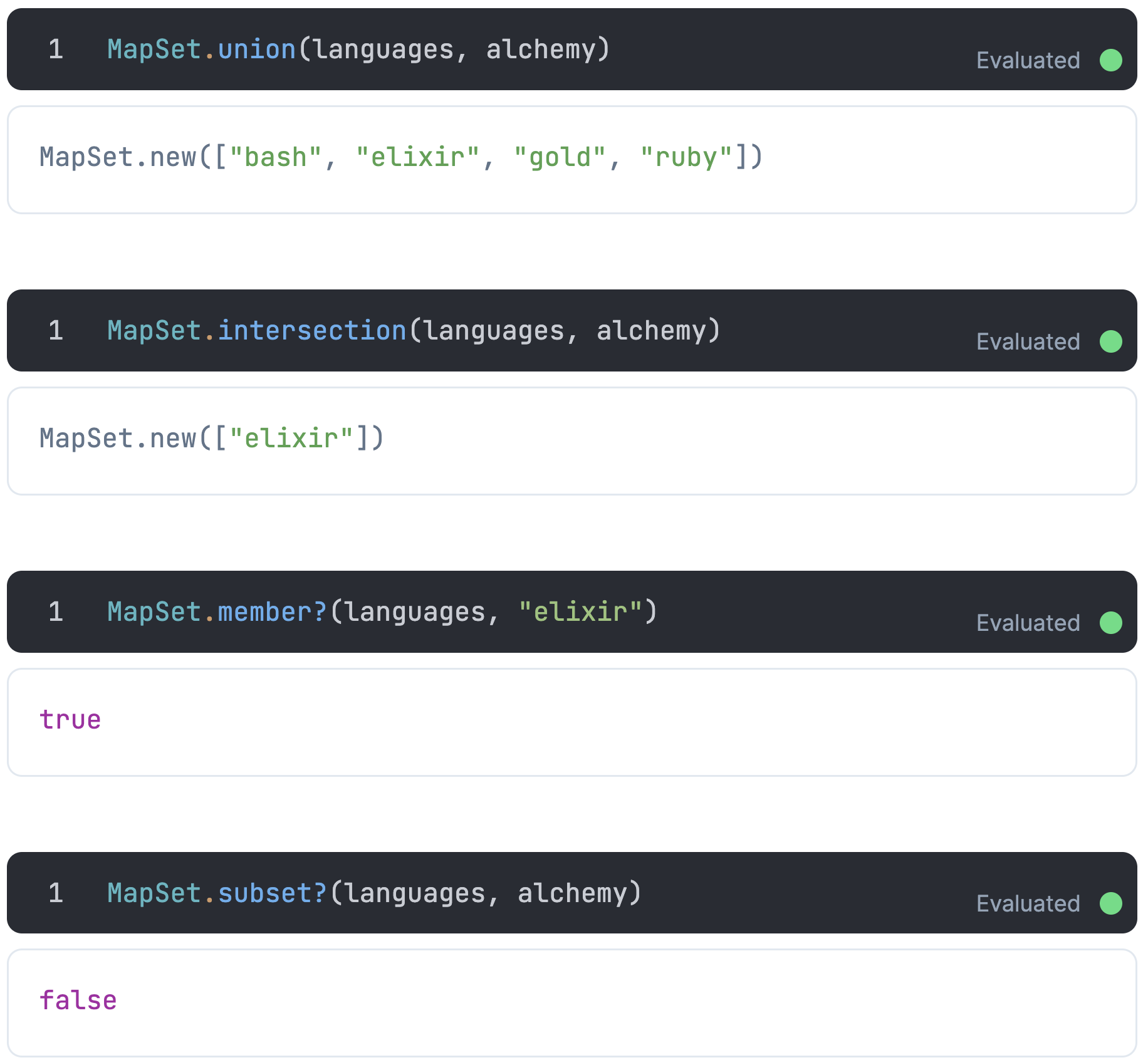Data and the Code That Loves It
Data and the Code That Loves It
by James Edward Gray II (JEG2)
Couldn't load pickup availability
You understand the request. You know what the final output must be. You've piled all the building supplies onto your workbench. Now what? One of the most critical steps in the construction of any solution is figuring out how to model the domain. The stakes are pretty high. A good model can make the work natural and easy and the product safe to use. A bad model will fight you every step of the way and collapse when stressed.
In this installment from How to Train Your Scrappy Programmer, we will explore various data types and the impact each has on the resulting code. Stops include:
- The under loved data structure: sets
- Elixir's flexible ranges
- Identifying entities and value objects
- The advantages of binary math
- Erlang's mutable data store
- And more!
By the end of this interactive guide, you will have more tools in your belt to assemble whatever structure is needed in the moment. You'll shift your thinking from integers and strings into the elements of the problem domain reified in code.
Share

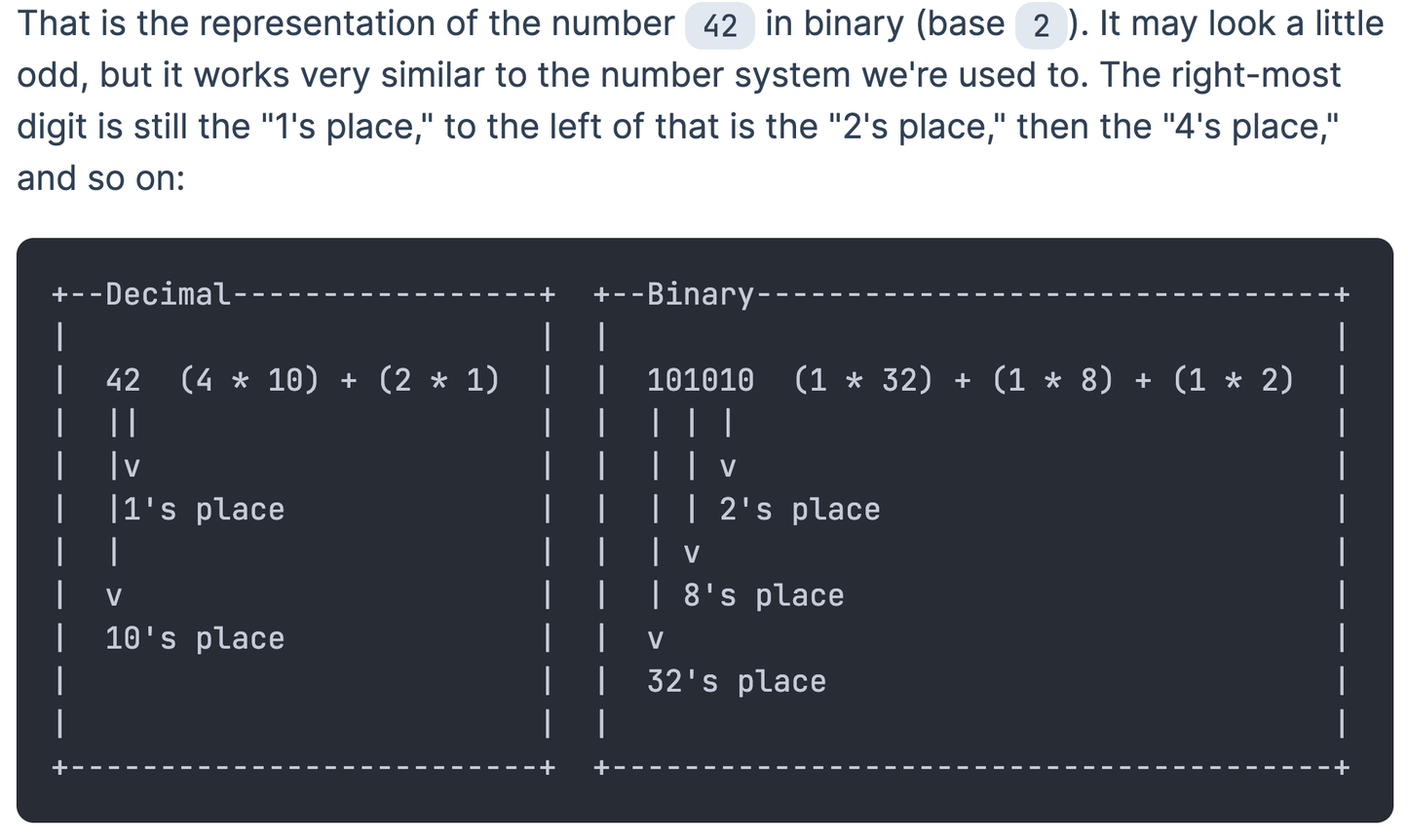
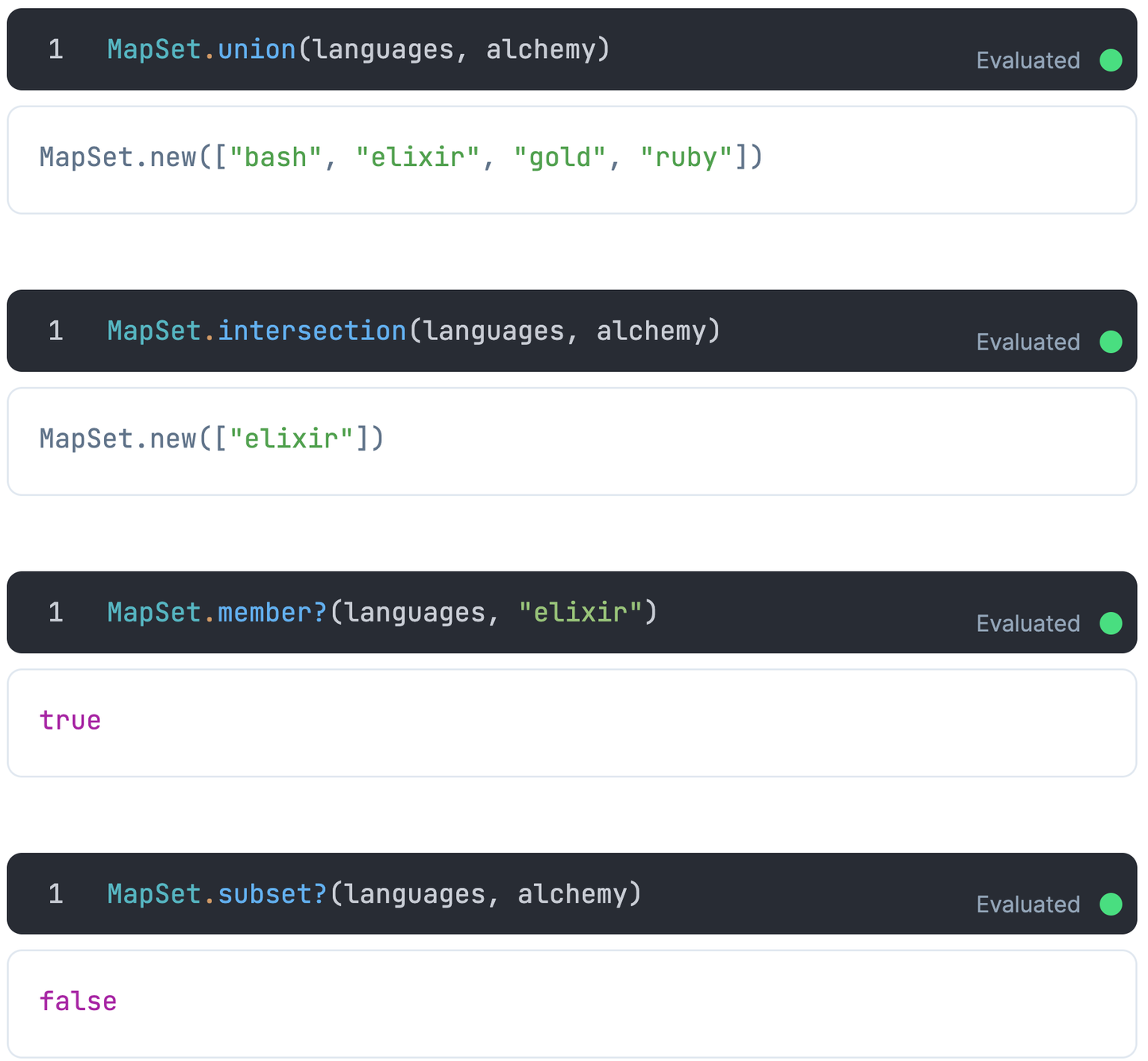
Buy Bundle of All Five Chapters
-
How to Train Your Scrappy Programmer
Regular price $44Regular priceUnit price / per
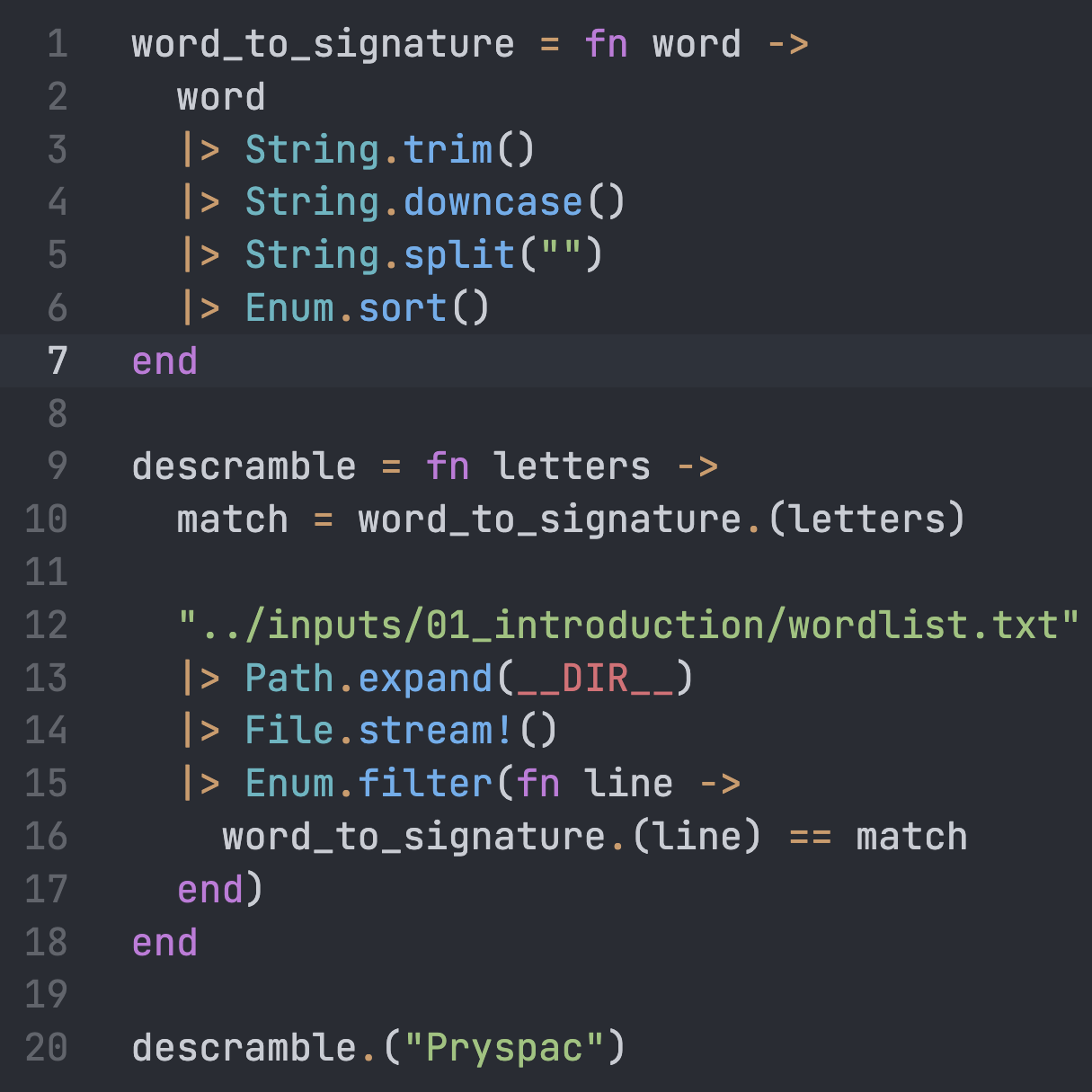
Who Is This For?
This lesson is intended for any programmer who loses sleep over the best ways to model various data structures. This guide has light references to some topics covered in previous guides. It is assumed that the reader will be comfortable with the use of Kino inputs, Stream iterators, Enum.into/3, binary pattern matching, and simple parsing.
Expert level knowledge is not required. This free sample includes a code test that will help you decide if you are ready for this content. For those who aren't, links to free guides are included to help get you up to speed.
* This product requires a Livebook installation. There's a free desktop app for macOS and Windows.
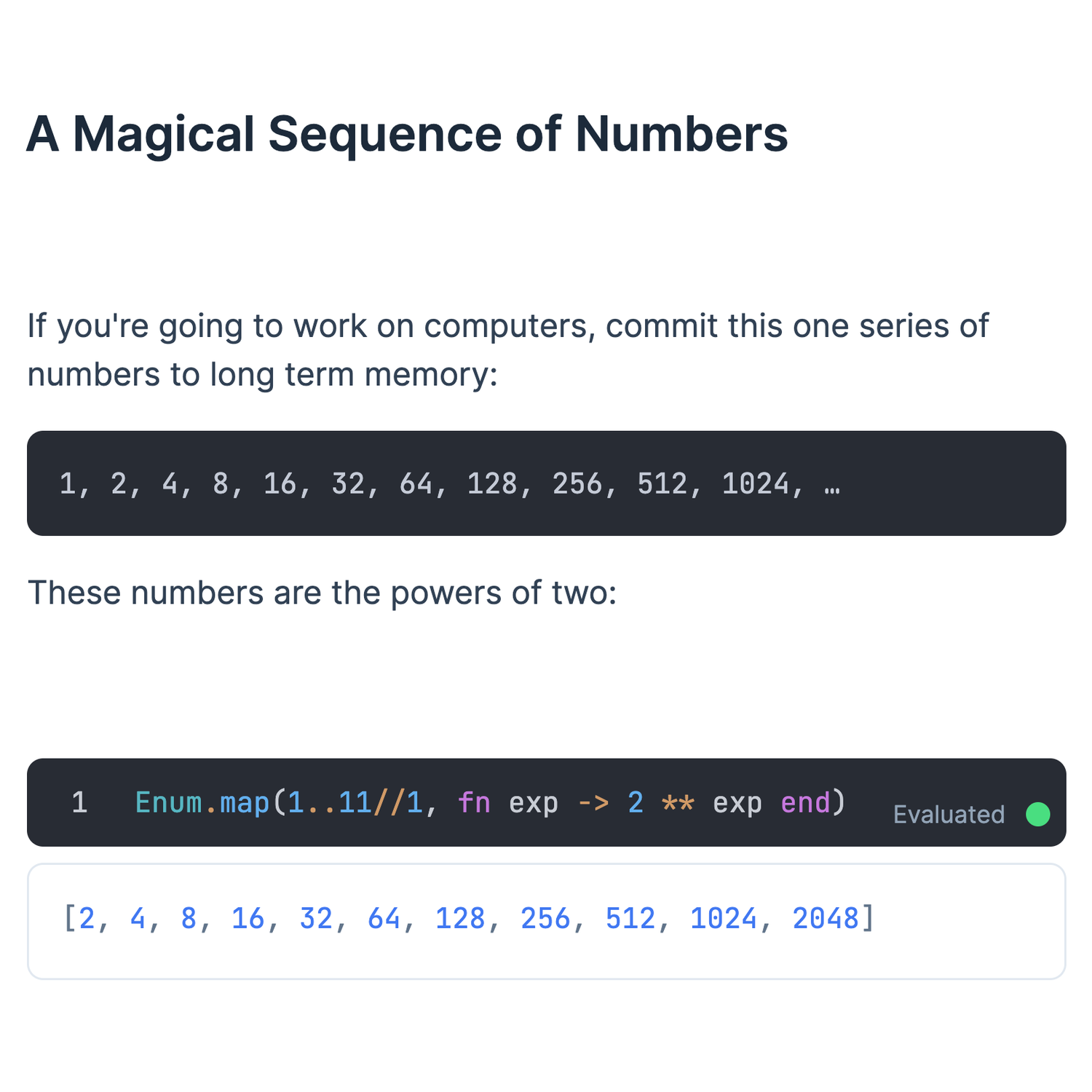
Try Before You Buy
This free sample includes simple installation instructions, the table of contents, an introduction, one complete guide, a conclusion, and the occasional joke or two. Almost all code samples in the guide are written in the Elixir programming language, but know that this is an interactive environment where you can run, edit, and rerun all the code you see inline and view the results live. You are strongly encouraged to explore this sample to see if this content is right for you.

About the Author
James has been a developer and manager of developers for around two decades. In both roles, teaching programming has always been a big focus of his work. James cares deeply about design, practical examples, visualization of algorithms, and how to train fluency.
James co-wrote Designing Elixir Systems with OTP with Bruce Tate, who's one heck of a nice guy. He has been a prominent member of the Elixir and Ruby communities, delivering books, documentation, and numerous conference talks. He has trained programmers all over the world.
We're Not Satisfied Until You're Satisfied
If you are unsatisfied with your purchase for any reason, just send us a message letting us know why — so we can improve in the future — and we will refund your money.


